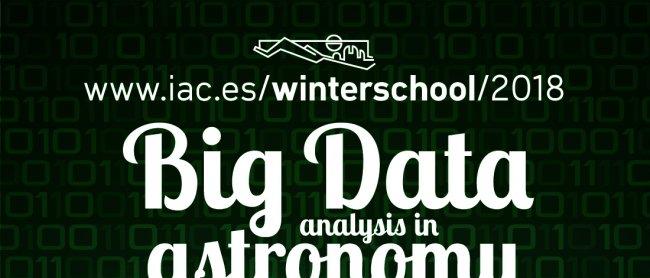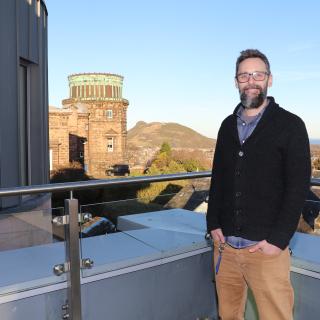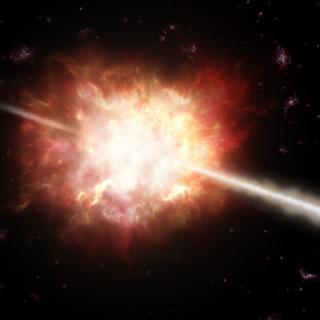The XXX Winter School of the Instituto de Astrofísica de Canarias (IAC) will deal with one of the main challenges which will confront the next generation of astronomers: the handling of massive quantities of data, also known as Big Data. The huge quantity of information which is being gathered by telescopes is increasingly complex. Analysing these data would not be possible using traditional methods, so that it is necessary to use new ones, many of which have not yet been invented.
Ana Monreal, a researcher at the IAC and one of the organizers of this year’s training school assures us that we are living through a paradigmatic change in astronomical data analysis “The next generation of researchers is very aware of this” she comments, and adds “The success of the present announcement of the School, which gave rise to over 250 requests to participate from all over the world is a clear sign of this situation”.
This time the school will have five lecturers: Dalya Baron, a researcher at the University of Tel Aviv (Israel), Marc Huertas, a researcher at the IAC, Mario Juric, profesor at the University of Washington (USA), Michael Biehl, profesor at the Johan Bernoulli Instituto of Mathematics and Computer Science at the University of Groningen (The Netherlands) and S. George Djorgovsky, Professor at the California Institute of Technology, Caltech (USA)
George Djorgovski will offer a general vision about the techniques of astronomical data processing “The quantity of information in astronomy is growing exponentially” he points out, “doubling every year and a half”. However this Caltech researcher insists that the factor which must be taken into account is not so much the size, but the complexity of the data and its information content. “That’s where the majority of the technical challenges and the scientific opportunities lie”.
Mario Juric will forecast the evolution of Big Data during the next decade “ The data are going to get too copious for humans to examine using traditional methods”- For that reason, he is clear that “Programming of statistics, and a deep knowledge of them will be more and more important”.
Dalya Baron asserts that programmes for the analysis of Big Data will be tools as essential for astronomers as telescopes. “The samples treated this way will produce volumes of data even greater than those we have today” she says. “That way we will be able to dig into the noise and discover trends that have long been hidden in our data sets”
Artificial intelligence
The search for patterns in the data will be an increasingly frequent task for astrophysicists. Marc Huertas explains that they are continually trying to find clues to physical processes in the data which are gathered by the different telescopes. “As the data become more complex, the process of looking for patterns becomes more complex too”. So he points to the modern techniques of artificial intelligence as the solution. “They are closely related to the concept of Big Data, because they already need large volumes of data and at the same time they can process them in multiple dimensions”
Those attending this training course will go deeply into advanced statistics during the week, and will study methods of automatic learning used for “data mining”. As well as this, they will visit the Teide Observatory (Izaña, Tenerife) and the Roque de los Muchachos Observatory (Garafía, La Palma).
XXX Canary Islands Winter School of Astrophysics: http://www.iac.es/winterschool/2018/
Contact at the IAC:
- Ana Monreal Ibero (ana.monreal [at] iac.es (ana[dot]monreal[at]iac[dot]es))
- Jorge Sánchez Almeida (jos [at] iac.es (jos[at]iac[dot]es))
- Johan Knapen (johan.knapen [at] iac.es (johan[dot]knapen[at]iac[dot]es))



